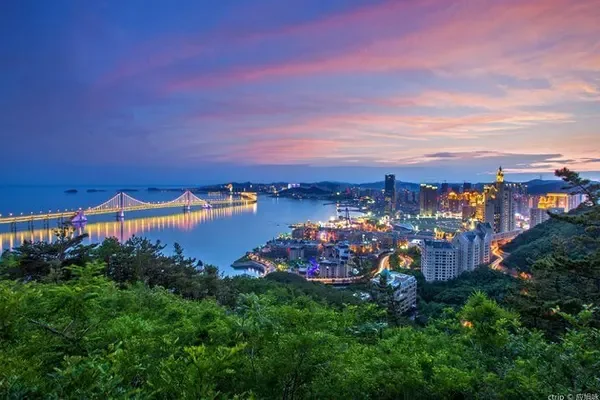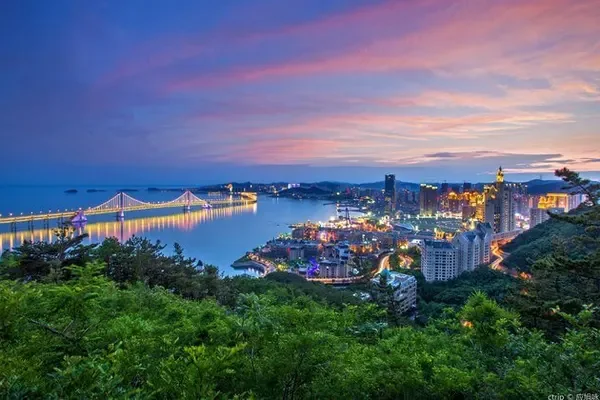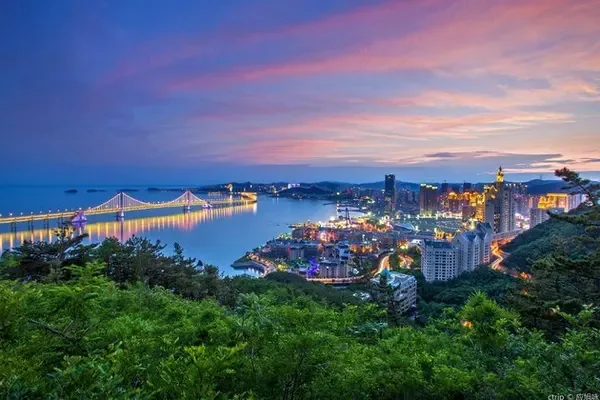introduce
The Ruins Park is across the street from the south gate of the Tang Furong Garden, which was the Royal Royal Garden in the Tang Dynasty. Nowadays, many ancient buildings imitating Tang Dynasty and sculptures representing life in Tang Dynasty have been built here. Citizens like to come here to walk and row along the pool. You can also see many Shaanxi handicrafts such as shadow puppets and paper-cuts in the park.
In the Tang Dynasty, Qujiang Pond was full of undulating buildings and palaces. Whenever a new Jinshi passed the rank, he would have fun here, put the wine glass on the plate, and the plate would float in the water. Whoever floats in front of him will be rewarded. Holding a cup and drinking freely, this is the famous "Qujiang Liuyin". The park has north, east, and west gates. Generally, tourists will enter the park from the north gate close to Datang Paradise.

There are many sculptures showing the social life of the Tang Dynasty everywhere in the garden, such as: a poet lying drunk on the ground, an ancient man bathing by a pool, and an official returning to the capital after thousands of miles away. There are cruise ships in the park. If you are interested, you can row a boat by yourself and swim in the pool. In summer, the blossoming lotus in the pool will give people the illusion of being in a water town in the south of the Yangtze River.
Nine two-story Tang-style buildings can also be seen in the park, named after Ci Pai, such as: Feng Rusong, Huanxisha, etc. Visitors here have the opportunity to see performances of Qin opera and shadow puppetry. One of them is a small museum displaying Shaanxi handicrafts such as Chang'an shadow puppets, Fengxiang clay sculptures, Heyang marionettes, Huaxian shadow puppets, Ansai paper-cuts, and Huxian peasant paintings.
In the park, there is also a high-altitude zipline project (additional charge) that young people like.
opening hours
Open all year round
Preferential treatment policy
must see tips
1. According to the feedback of some tourists, the operation of sightseeing cars in the scenic area is not very standardized, sometimes the interval time is too long, and the phenomenon of not stopping if no one gets off at the station.


